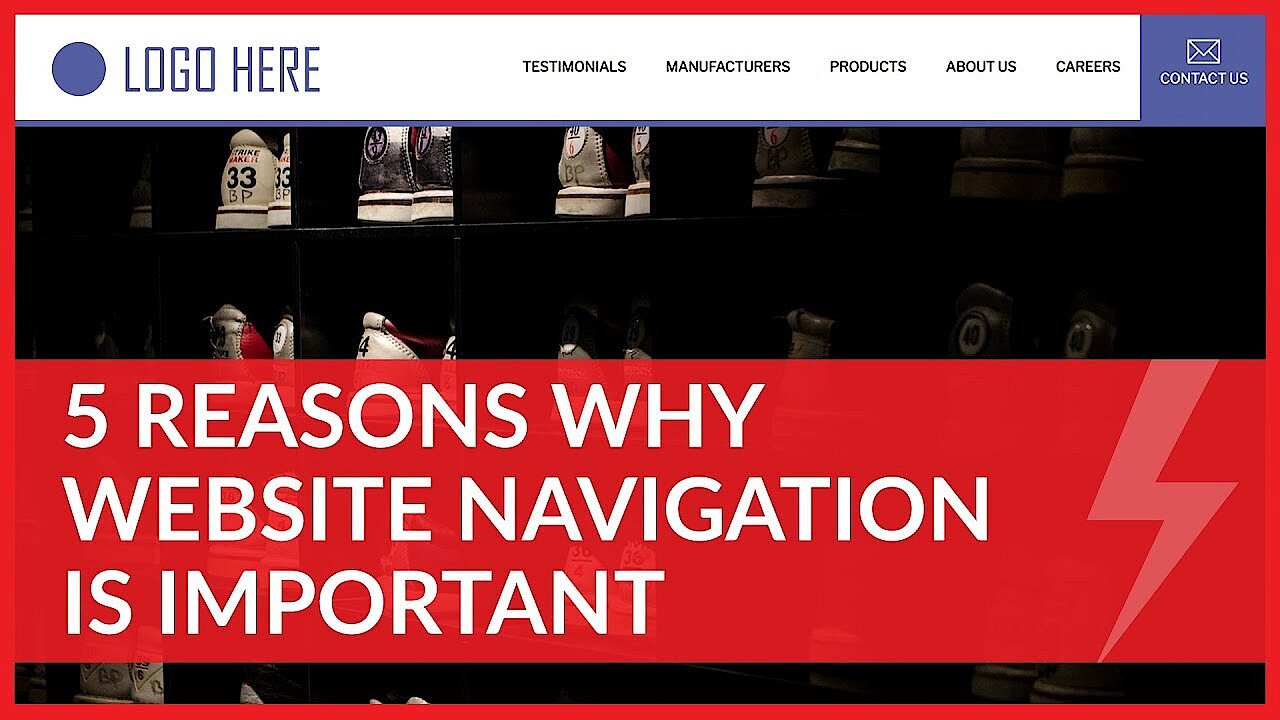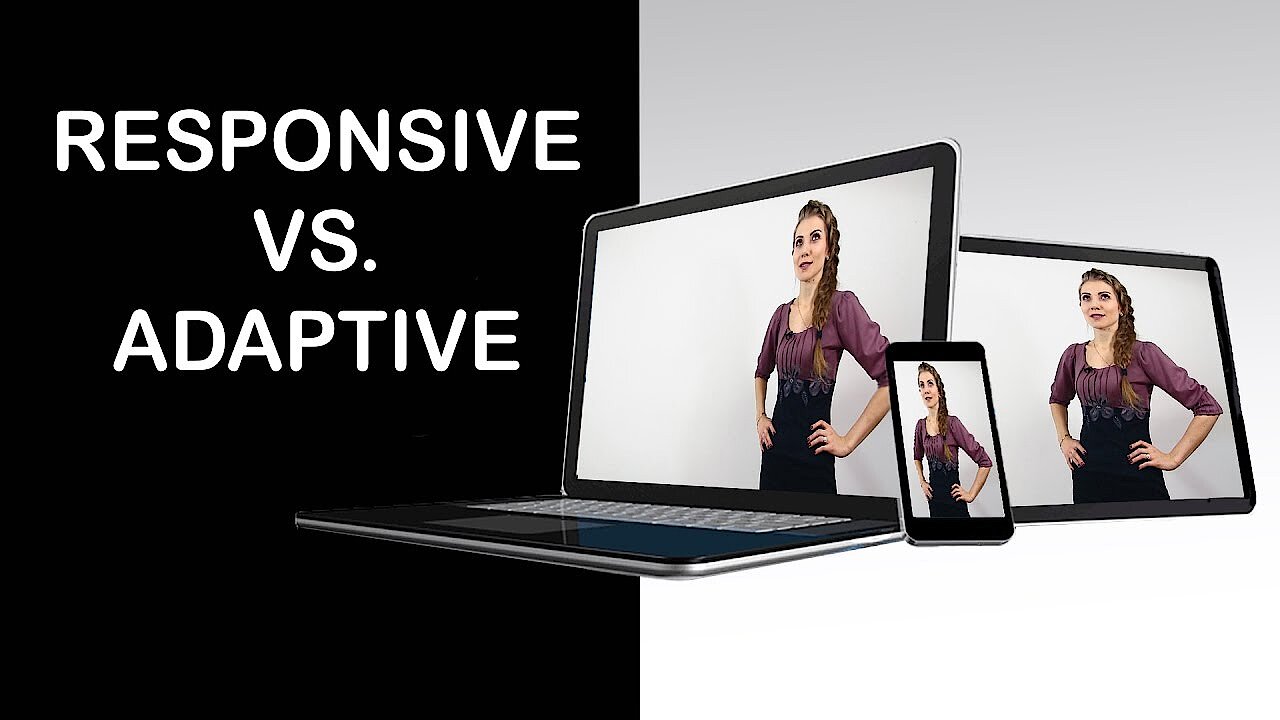The 7 biggest mistakes when creating a website
Websites are often referred to as digital business cards. When someone comes across a service or brand, and they would like to find out more about the history, philosophy, contact options or sales portfolio of the company in question, their first step is often to search the internet – and they usually obtain all the important information they need on official company websites.
According to Mi Web Design, 29% of small businesses still don’t have their own website. For most companies, having their own website has been an established means of external presentation for a long time – however, in many cases the implementation still needs to be vastly improved. Too often, the first objective is to have a cost-effective website, which needs to be put online as soon as possible. This results in websites which – for various reasons – do not achieve the desired effect. In the worst case, they even leave a negative impression on potential customers. You should want your own website to win over your visitors. We’ll explain the most common mistakes people make when creating a website.
- Intuitive website builder with AI assistance
- Create captivating images and texts in seconds
- Domain, SSL and email included
Mistake 1: Overloaded or confusing design
Design is undoubtedly one of the most important success factors of a website. Information presented without much thought given to the importance of its graphic and structural design will have little chance of attracting a visitor’s attention – let alone keeping it. On the other hand, there is a risk that other aspects will be left by the wayside if the focus is too much on making the website design as unique as possible. In this way, many website operators strive for an unmistakable design and lose sight of aspects such as clarity or the legibility of texts.
A classic mistake in this context is to use too many different fonts and sizes, colour combinations that are difficult to read or garish colours. Having a design that detracts from the actual content or information is also problematic; the same thing applies to a design that is at odds with the corporate image. The latter point in particular can quickly lead visitors to doubt your professionalism and credibility.
Detailed tips on how to design your website in a user-friendly way can be found in our article on design and colour impact in web design.
Mistake 2: Complicated navigation and user guidance
Usability is an aspect that is often neglected when designing websites. The user experience is not only an important factor in user satisfaction, it also determines whether visitors can reach and see all the content and offers on the website as desired. It is all the more astonishing that many websites feature complicated navigation menus and superfluous technical gimmicks that unnecessarily complicate the browsing experience.
The major mistake in this case is almost always that there is no clear prioritising. Each piece of content is seen as important and everything needs to be placed prominently, somehow or other. The result: a multitude of menus, submenus and sub-submenus that confuse visitors rather than guide them through the site.
The same applies to the use of interactive elements. If you integrate them into your web project at an inappropriate point or if there are too many of them, experience has shown that users don’t appreciate this and they soon browse somewhere else.
Further information and valuable practical tips on the subject of user-friendliness including examples can be found in our article on user experience design.
Mistake 3: Lack of topicality
Although not an issue when actually creating a website, failing to update the website is another common mistake, which has more to do with the conception of a web project. In particular, if a company site presents information about events or sources of further information such as a blog or news on the landing page, it makes a bad impression if the last entry is several years old. Also changes in the company structure or in the corporate design should be reflected in the website. The same naturally applies to new product and brand names, opening hours, prices, ways of contacting the company, etc.
Old website content not only leaves a bad impression on visitors, but also has a negative effect on the search engine ranking!
If the website contains entertaining content, you must also ensure that it is up-to-date. Particular attention should be paid to internal and external links and embedded multimedia content from third-party sites. For example, if embedded YouTube videos, GIFs or social media posts are not regularly checked, you will not know whether they actually still exist and are being displayed correctly to visitors.
Mistake 4: Disregard of legal principles
The legal framework of a website is far more complex than many of those in a position of responsibility realise. But as is so often the case, ignorance of the law is not a legal defense in this case either. For example, incorrect handling of cookies, tracking tools and social media plug-ins, failure to provide a (complete) imprint and infringements of data protection requirements are by no means trivial offenses, especially in Europe, where the EU recently passed the General Data Protection Regulation (GDPR) to ensure protection of personal data. Using text, images, music and videos for which you do not have a license or permission from the copyright holder can cost you dearly.
- Get online faster with AI tools
- Fast-track growth with AI marketing
- Save time, maximise results
Mistake 5: Failure to use responsive web design or offer a mobile version
The share of mobile traffic continues to increase year-on-year making it is all the more astonishing that some companies still fail to optimise their online presence for smartphones and tablets. They forego responsive web designs or fail to offer a mobile variant of the desktop website – despite the fact that most content management systems and website construction kits offer first-class features and templates to create such a mobile website. As a result, such sites are difficult to display and operate on mobile devices, and users are highly likely to go elsewhere straightaway.
Since Google, the search engine market leader, prefers websites to be optimised for mobile devices, neglecting to optimise your site has a negative effect on your ranking in the search results.
Mistake 6: Failure to optimise the loading time
Another common mistake when creating websites is neglecting to optimise the loading times of the individual pages. This often leads to very slow loading speeds, causing a negative reaction from visitors (high bounce rate) as well as from search engine bots (bad search engine ranking). The big problem in this case is that there are many different factors that cause poor website performance. Tracking down and rectifying all of these can be a major challenge, even for tried-and-tested operators. A long loading time can be due to a lack of server resources, extensive source code (HTML, CSS, JavaScript), uncompressed images, integrated third-party content or missing caching mechanisms.
In our tips and tricks for faster speed, we show you how you can test your own website speed and optimise your project's performance.
Mistake 7: Unencrypted data transmission without SSL/TLS
Security is an important issue for the majority of web users – especially when it comes to transmitting confidential information such as passwords, addresses or bank details to websites. Therefore, one of the biggest mistakes you can make when creating your website is to neglect the protection of user data – for example, by not using an SSL/TLS certificate. In this case, the file is transferred using the unsecured HTTP protocol, meaning that attackers can read and manipulate all the data.
Browsers such as Chrome and Firefox support users in recognising web projects without SSL/TLS certificates by providing messages such as "The connection to this website is not secure". As a result, corresponding pages now represent a serious problem. Search engines such as Google do not tolerate such negligent handling of user data either, and they penalise corresponding sites with poor rankings. So, if you have underestimated the severity so far, don’t hesitate and change your website over to HTTPS.
- Secures data transfers
- Avoids browser warnings
- Improves your Google ranking
Avoid mistakes with a website builder
If you use a website builder to design your own website, you’ll find that most errors are automatically avoided. Website builders like these are easy and intuitive to use. You do not have to worry about the source code at all. With many templates and an uncomplicated drag-and-drop function, you can put together your own individual website - no matter whether it’s a private project or a company project you want to get out there on the internet.
MyWebsite Now, the practical website builder from IONOS is very easy to use and yet produces outstanding results. With the building block system, you’ll have your website online in no time at all - and without needing any CSS or HTML knowledge. All you need is a concept of what content you want to show.
You choose a suitable template for your industry, created by professional designers. Add your own images or use images from the archive - you can even edit them directly in the website builder. Now all you have to do is insert your texts. The website builder gives you tips on where which content fits best. Simply slide the individual elements into the desired position and then publish your website with a quick click.
Everything is automatically optimised so that you can be found by search engines. The content is also created in a contemporary responsive design so your website looks good and is easy to use even on smartphones and tablets. The security of your website is also taken care of: data transmission is encrypted according to current standards. By the way: individual domain and email addresses are already included with MyWebsite Now, and if you wish, an online store with payment and delivery options can also be included.
- Intuitive website builder with AI assistance
- Create captivating images and texts in seconds
- Domain, SSL and email included




